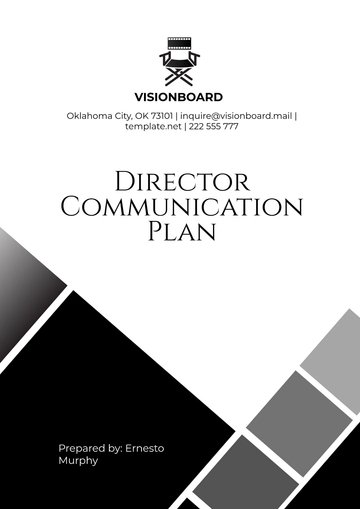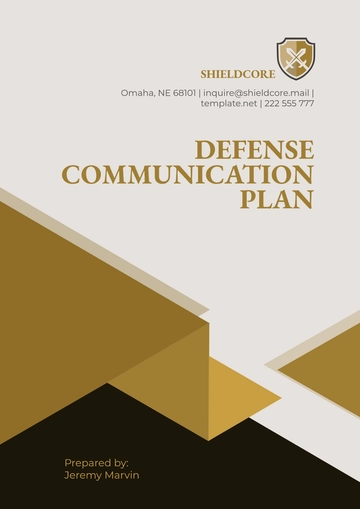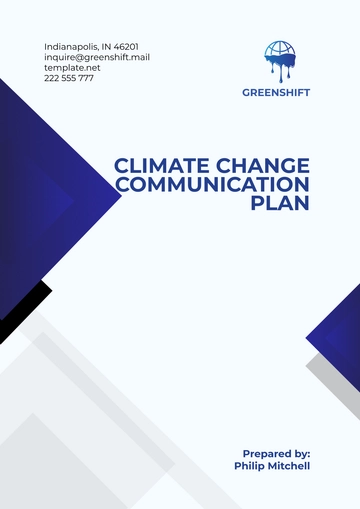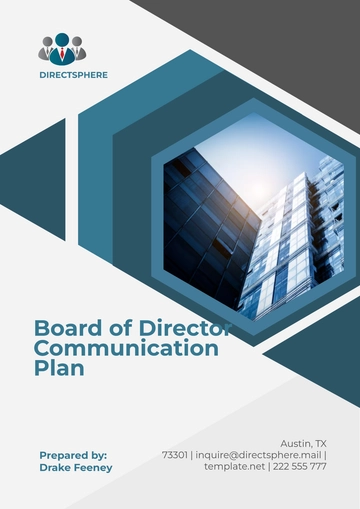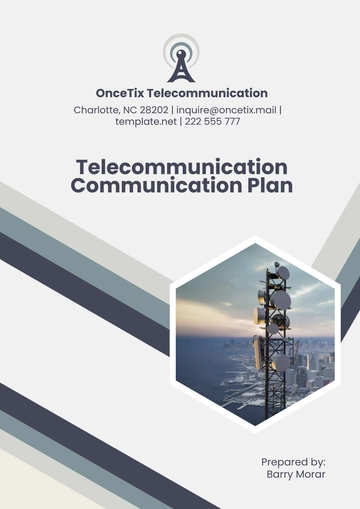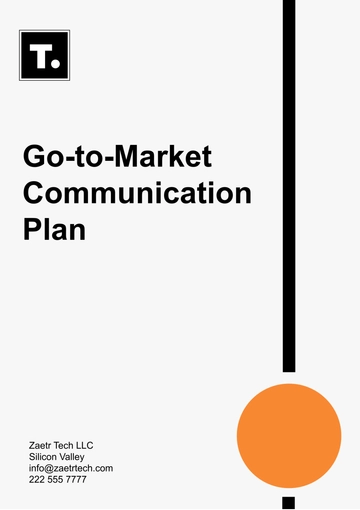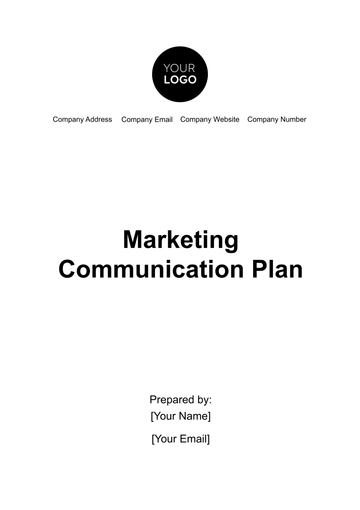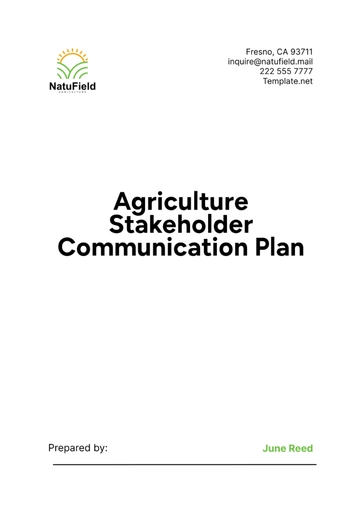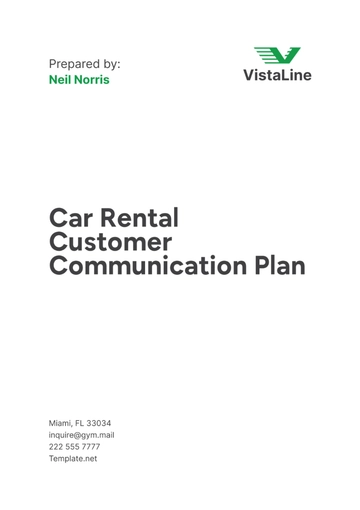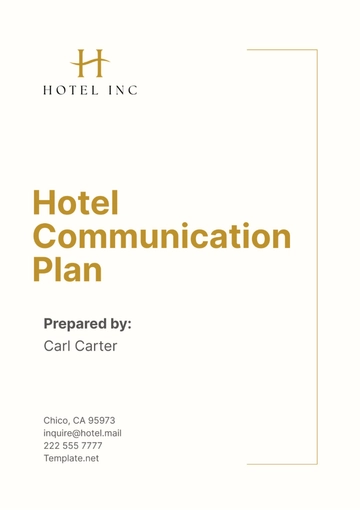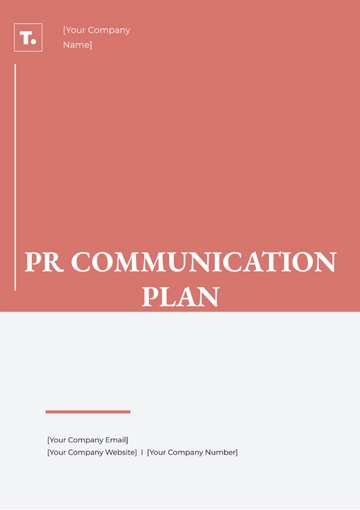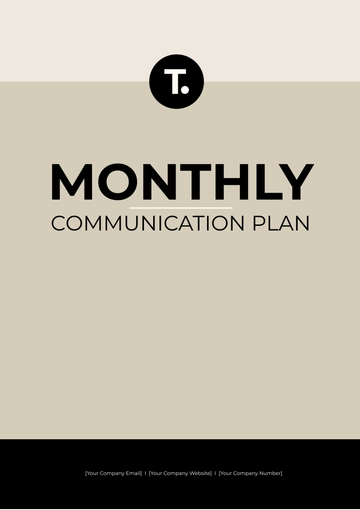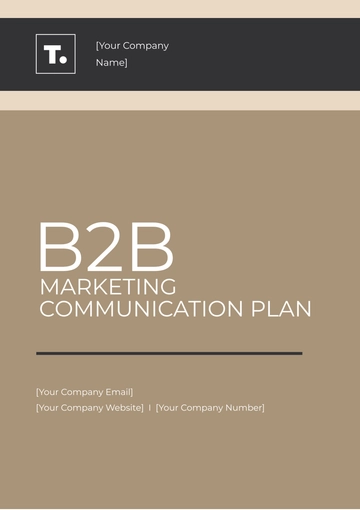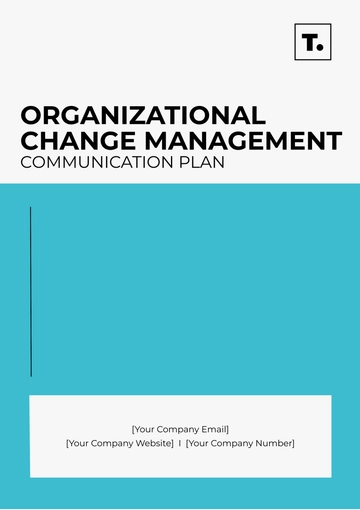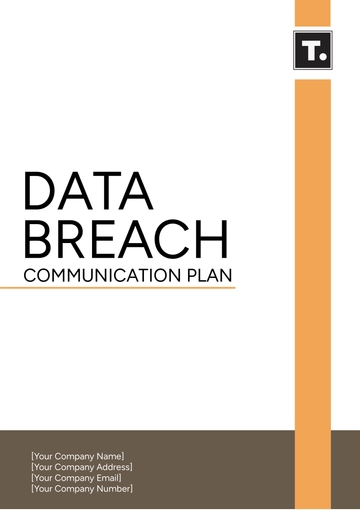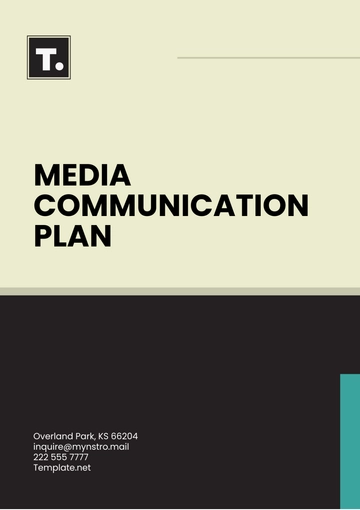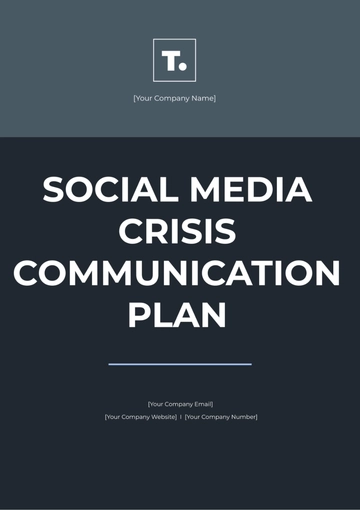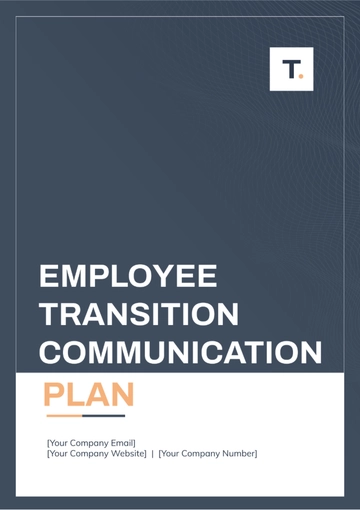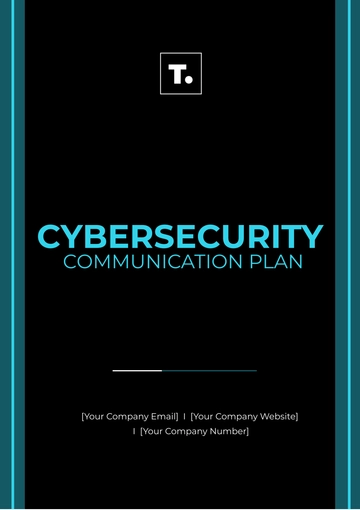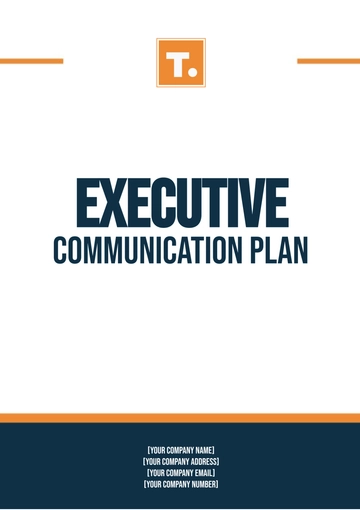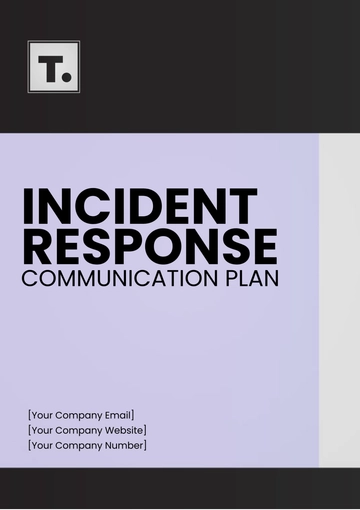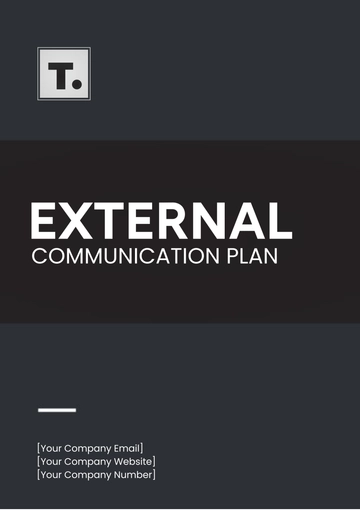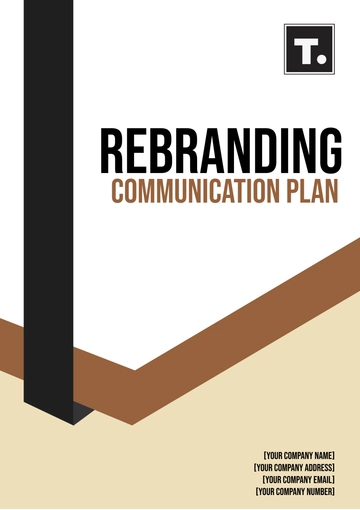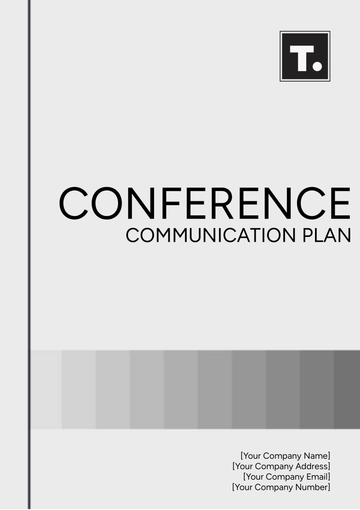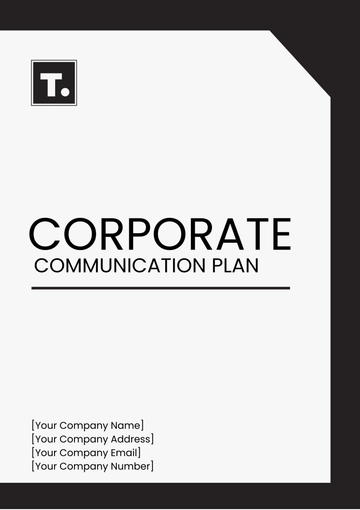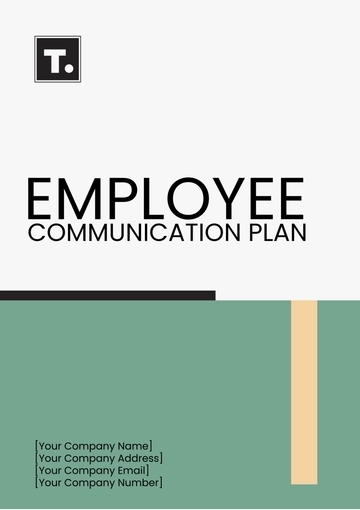Free Marketing Communication Plan
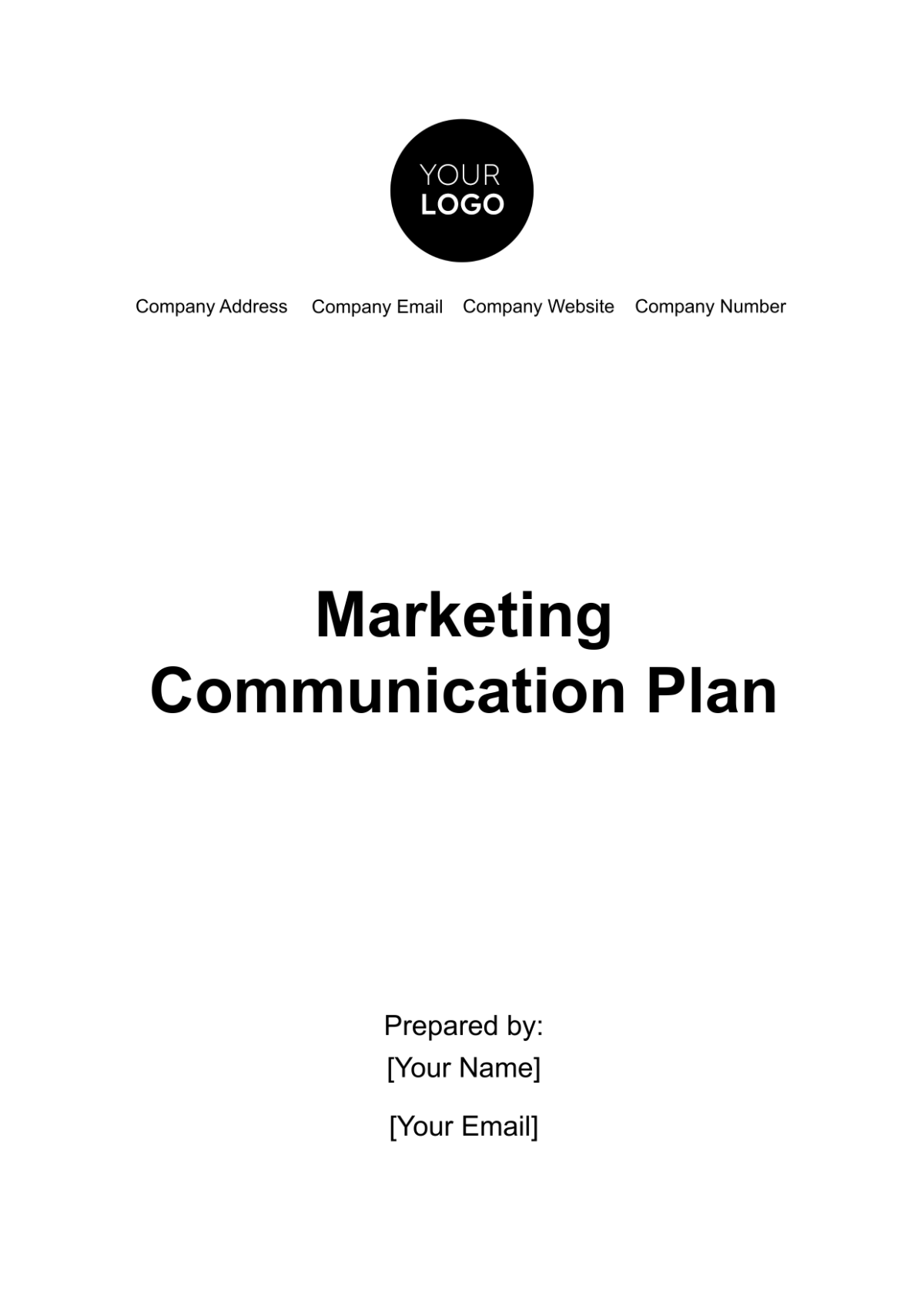
I. Introduction
Effective communication is vital to the success of any marketing campaign. This Communication Plan outlines the strategies and channels that [Your Company Name] will use to ensure clear, consistent, and impactful communication with all stakeholders throughout the marketing campaign.
Purpose
The purpose of this Communication Plan is to establish a structured approach to managing and disseminating information related to the marketing campaign. This plan will facilitate collaboration, ensure alignment among team members, and provide transparency to clients and other stakeholders.
II. Objectives
Clear objectives are essential for guiding the communication efforts throughout the campaign. The following objectives have been established to ensure that communication is purposeful and aligned with the overall goals of the marketing campaign.
Ensure Alignment Among Team Members: The primary objective is to keep all team members informed and aligned with the campaign's goals, strategies, and timelines. Regular updates will be provided to ensure that everyone is on the same page and working towards the same objectives.
Maintain Transparency with Clients: Open and transparent communication with clients is crucial for building trust and managing expectations. The plan will include regular reporting on campaign progress, performance metrics, and any adjustments to the strategy.
Facilitate Collaboration Across Departments: The campaign will require close collaboration between various departments, including marketing, sales, creative, and finance. The communication plan will establish protocols for interdepartmental communication to ensure seamless collaboration and coordination.
Engage External Stakeholders: External stakeholders, such as media partners, influencers, and vendors, will be kept informed of the campaign's progress and involved in key activities. This will help maximize the campaign's reach and impact.
III. Target Audience
Identifying the target audience for communication is essential for tailoring messages and ensuring that information reaches the right people at the right time. The following groups have been identified as key audiences for the communication efforts.
Internal Stakeholders
Executive Team: The executive team includes senior management responsible for making strategic decisions regarding the campaign. They need regular updates on progress, challenges, and key outcomes to make informed decisions that align with the company’s broader goals.
Marketing Team: The marketing team is at the forefront of executing the campaign. They require detailed communication about strategies, timelines, content, and metrics. Regular briefings and updates help the team stay on track, aligned with the overall objectives, and responsive to any changes or feedback.
Sales Team: The sales team is instrumental in converting the leads generated by the marketing campaign into actual sales. Clear communication with this group ensures they are well-informed about the campaign’s objectives, lead-generation strategies, and the messaging they should use when interacting with prospects.
Creative Team: This team is responsible for developing the visual and textual content for the campaign. Communication with the creative team should be precise and detailed, covering aspects like brand guidelines, key messages, and deadlines.
Finance Team: The finance team manages the budget and financial reporting for the campaign. They need timely and accurate information regarding expenditures, projected costs, and any financial adjustments required.
External Stakeholders
Clients: Clients are the recipients of the marketing services and have a vested interest in the campaign’s success. They need clear, consistent, and transparent communication about the campaign’s progress, performance metrics, and any strategic adjustments.
Media Partners: Media partners play a crucial role in amplifying the campaign’s reach. They require well-crafted messages and timely information to effectively publicize the campaign. Regular communication ensures that media partners are aligned with the campaign’s objectives and can provide the necessary support to maximize its impact.
Vendors: Vendors supply services or products essential to the campaign’s execution, such as printing, event management, or digital tools. Clear communication with vendors ensures that all logistical elements are delivered on time and meet the campaign’s quality standards.
Public: The general public, especially those within the target market, represents the broader audience that the campaign aims to engage. Communication with this group focuses on raising awareness, generating interest, and driving action.
IV. Communication Channels
Choosing the appropriate communication channels is key to ensuring that messages are delivered effectively and efficiently. The following channels will be used to facilitate communication with the identified target audiences.
Internal Communication Channels
Email: For formal updates, meeting summaries, and important announcements.
Project Management Tools (e.g., Asana, Trello): For tracking tasks, deadlines, and progress across teams.
Team Meetings: Regular meetings to discuss progress, address challenges, and align on strategy.
Instant Messaging (e.g., Slack, Microsoft Teams): For quick, real-time communication and collaboration among team members.
External Communication Channels
Client Reports and Presentations: Formal reports and presentations will be provided to clients to update them on campaign progress, performance metrics, and any strategic adjustments.
Social Media: Platforms such as LinkedIn, Twitter, and Instagram will be used to engage with the public and other external stakeholders.
Press Releases: Official announcements are distributed to the media to generate publicity and awareness for the campaign.
Newsletters: Regular email updates are sent to clients and other external stakeholders to keep them informed of key developments.
V. Communication Schedule
A well-structured communication schedule ensures that all stakeholders are regularly informed and that communication is consistent throughout the campaign. The following schedule outlines the frequency and timing of key communications.
Communication Activity | Frequency | Target Audience | Responsibility |
|---|---|---|---|
Weekly Team Meetings | Weekly | Internal Stakeholders | Project Manager |
Client Progress Reports | Bi-weekly | Clients | Account Manager |
Campaign Performance Review | Monthly | Executive Team | Marketing Director |
Social Media Updates | Weekly | Public | Social Media Manager |
Press Releases | As Needed | Media Partners | PR Manager |
Newsletters | Monthly | Clients, External Stakeholders | Marketing Team |
VI. Key Messages
Consistency in messaging is critical to ensuring that all communications reinforce the campaign’s objectives and brand values. The following key messages will be emphasized throughout the campaign.
Campaign Vision and Goals: Communicate the overall vision of the campaign and the specific goals it aims to achieve. Emphasize the benefits of the campaign to the target audience, including increased brand visibility and engagement.
Value Proposition: Highlight [Your Company Name]’s unique value proposition and how it differentiates from competitors. Reinforce the company’s commitment to delivering high-quality marketing services that drive results.
Progress and Success Metrics: Regularly update stakeholders on the progress of the campaign and the metrics being used to measure success. Celebrate key milestones and successes to maintain momentum and enthusiasm.
Adaptability and Responsiveness: Communicate the campaign’s ability to adapt to changing circumstances and respond to feedback. Reassure stakeholders that the campaign is being closely monitored and adjusted as needed to achieve the best possible outcomes.
VII. Risk Management and Mitigation
Addressing potential risks in communication is crucial to ensuring that the campaign remains on track. This section outlines the risks associated with communication and the strategies that will be employed to mitigate them.
Information Overload
Risk: Stakeholders may become overwhelmed by too much information, leading to confusion or disengagement.
Mitigation: Prioritize essential communications and ensure that messages are clear, concise, and relevant.
Miscommunication or Misinterpretation
Risk: Messages may be miscommunicated or misinterpreted, leading to misunderstandings or incorrect actions.
Mitigation: Use clear, unambiguous language and confirm receipt and understanding of critical messages.
Delayed Communication
Risk: Delays in communication can lead to missed deadlines, misalignment, and decreased effectiveness.
Mitigation: Establish clear timelines and communication protocols to ensure timely dissemination of information.
Inconsistent Messaging
Risk: Inconsistent messaging across different channels can dilute the campaign’s impact and confuse stakeholders.
Mitigation: Develop and adhere to a messaging framework that ensures consistency across all communications.
VIII. Evaluation and Feedback
Ongoing evaluation and feedback are essential for refining communication strategies and ensuring continuous improvement. This section outlines the approach to assessing the effectiveness of the communication efforts.
Communication Audits: Conduct regular audits to assess the effectiveness of communication channels and strategies. Identify areas for improvement and adjust the communication plan as necessary.
Stakeholder Feedback: Solicit feedback from both internal and external stakeholders to gauge the effectiveness of communication efforts. Use feedback to make informed adjustments to the communication approach.
Performance Metrics: Monitor key performance indicators (KPIs) such as engagement rates, response times, and message clarity. Use these metrics to evaluate the success of the communication plan and make data-driven improvements.
Continuous Improvement: Foster a culture of continuous improvement by regularly reviewing and refining communication strategies. Encourage open dialogue and collaboration among team members to enhance communication effectiveness.
IX. Conclusion
The Communication Plan for [Your Company Name] is designed to ensure that all stakeholders are informed, aligned, and engaged throughout the marketing campaign. The next steps involve finalizing the communication timelines, assigning responsibilities, and initiating the first round of communications. Regular monitoring and adjustments will be made to ensure that the communication efforts remain effective and aligned with the campaign's goals.
- 100% Customizable, free editor
- Access 1 Million+ Templates, photo’s & graphics
- Download or share as a template
- Click and replace photos, graphics, text, backgrounds
- Resize, crop, AI write & more
- Access advanced editor
Enhance your messaging with our Marketing Communication Plan Template from Template.net. Fully customizable and editable, this template features a detailed and structured design. Effortlessly personalize the plan, editable in our Ai Editor Tool, to outline communication strategies, channels, and key messages. Strengthen your marketing efforts with a comprehensive communication plan template.
